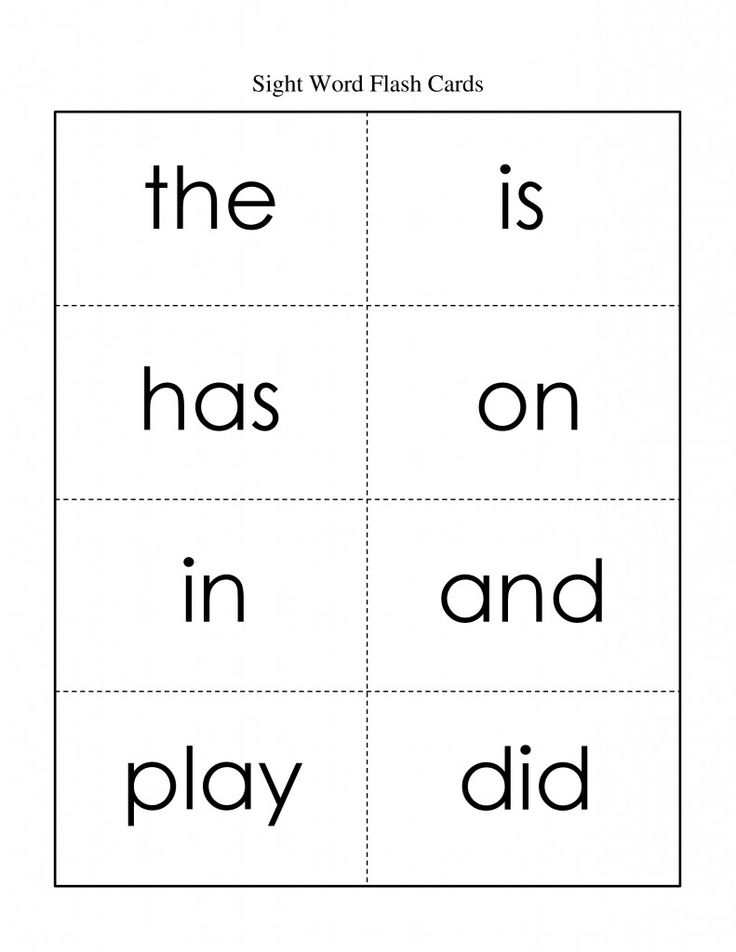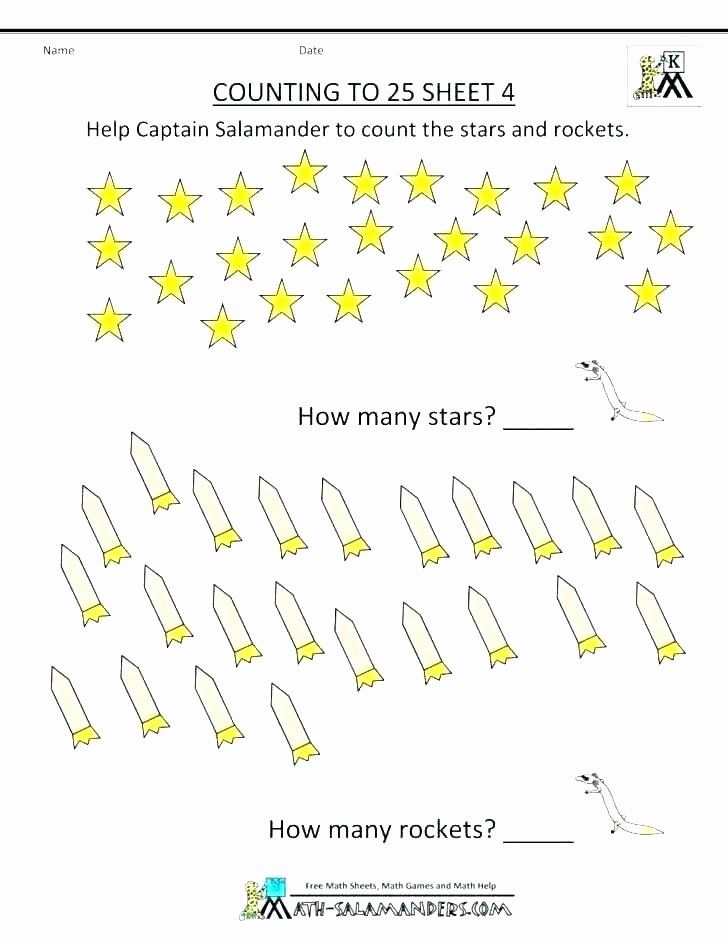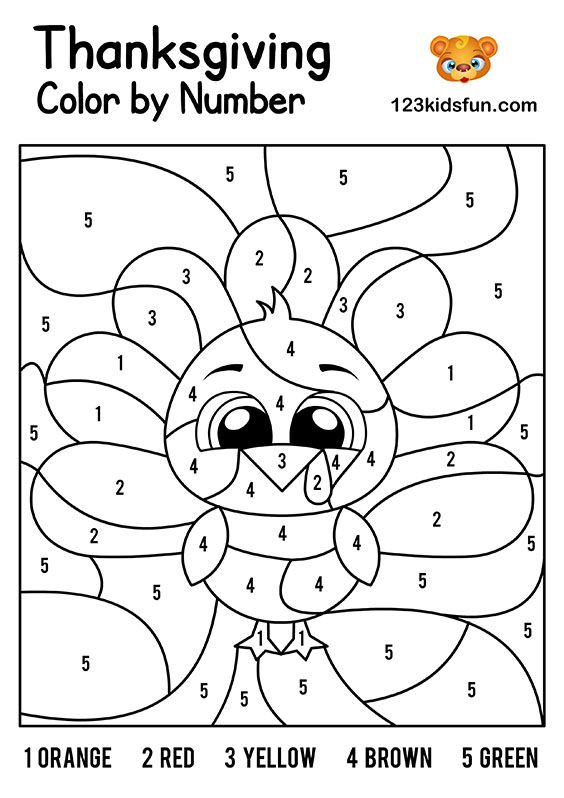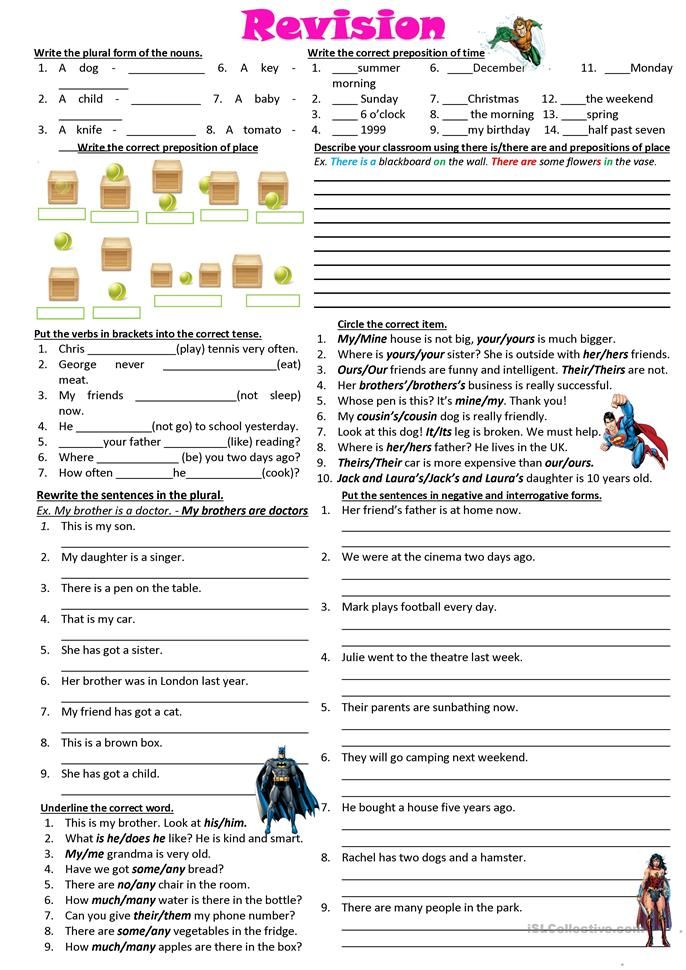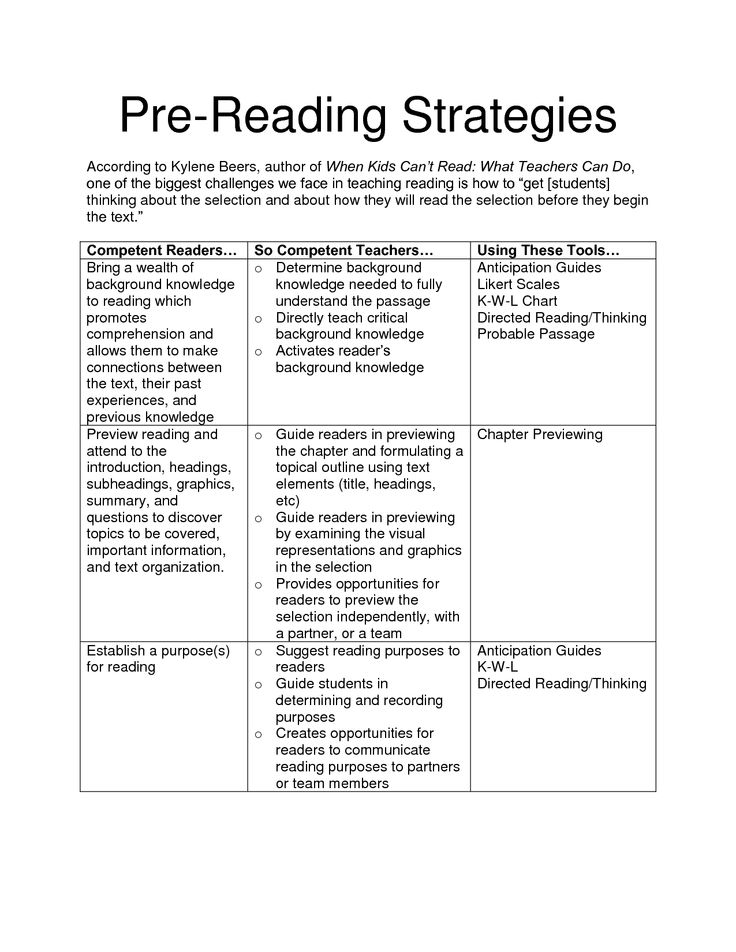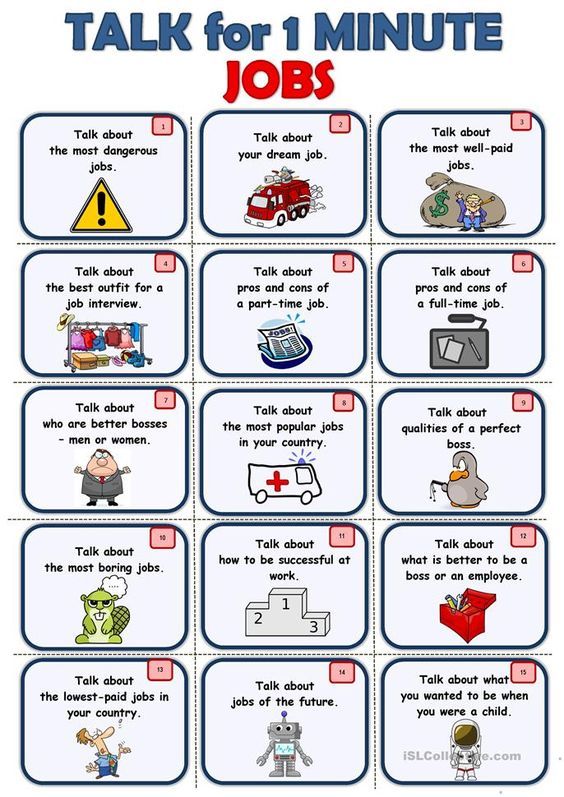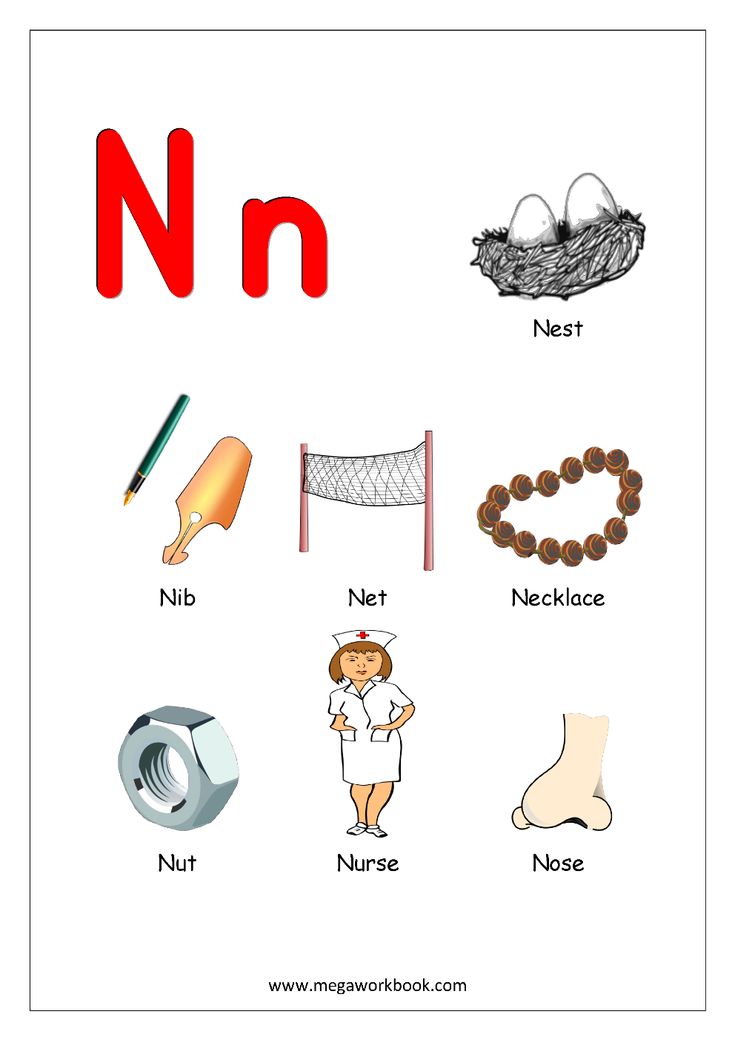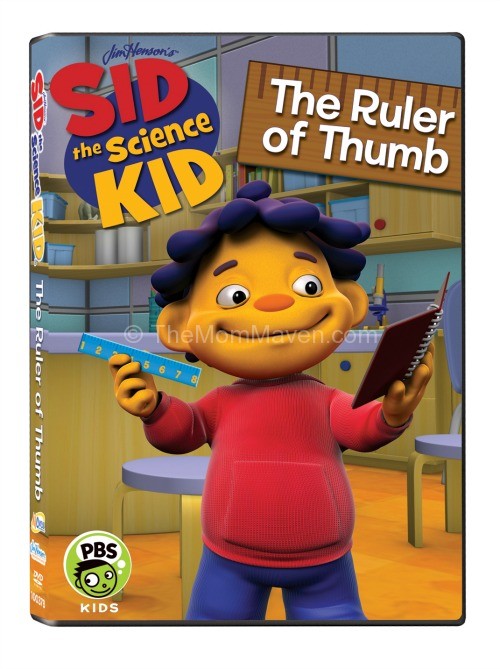Learn how to share
Learning to Share
As a parent, you know that the ability to share a favorite toy or time with a favorite person can be a major accomplishment for your preschooler. In order to share, your child needs to understand that others have needs and wants too. This happens developmentally when children begin to see that they are not the center of the universe (the egocentric stage), but one of many planets and constellations that work together to make up the universe! Here are simple ways to start teaching your preschooler about sharing:
- Demonstrate sharing yourself. Sounds simple, but sometimes we forget that our children learn best from the model we provide. When you are sharing, be sure to explain to your child what you are doing and why; otherwise, he may be unaware of what is happening. For example, you might point out that it feels good to help out a neighbor by sharing a book or loaning yard tools, and that your neighbor appreciates it too.
- Acknowledge sharing.
When your child shares a toy with a sibling or friend, commend him for it, but be specific in your choice of words. Too often we use the word "nice" to describe an action of sharing. But "nice" is a hard word to define, and is even harder for your young child to understand. Instead of saying, "Thank you for being nice to your friend," you can say, "Thank you for sharing your ball with Matthew. You made him happy."
If you have an only child, it is helpful to periodically take on the role of playmate so that she can have the experience of sharing a treasured object. (Plus your child will love playing one-on-one with you!)
During the preschool years, your child is becoming capable of understanding the pleasure in sharing. But it is not until he sees the benefits of sharing that he will freely choose to do so. One benefit he can experience is the joy of interaction with a playmate or family member. He will find that it is more fun to share a toy with someone than to have it all to himself. That is because he is developing a sense of self in relationship to others. And in so doing, he is beginning to understand the importance of community.
That is because he is developing a sense of self in relationship to others. And in so doing, he is beginning to understand the importance of community.
Of course, that doesn't mean that he will always want to share. In fact, many times your young child may not. But through small successful experiences with sharing a toy or a snack, your child can begin to generalize these experiences with more friends and with objects of greater significance. Here are some activities that make it easy to share:
- Art projects, such as painting, clay, collage and drawing encourages sharing of materials and ideas.
- Gardening: The process of caring for living things together makes this a deep experience of sharing. Try planting fast-growing bean seeds in a yogurt container, and share the responsibility for watering it.
- Meals, even though sharing food is not always easy for a young child to do! Cut up a piece of fruit and count out the shared pieces.
 "One for me, one for you, one for me . . ."
"One for me, one for you, one for me . . ." - Giving simple gifts helps your child feel the joy of sharing. Why not encourage your child to create a gift of love to share with a family member? It could be a coupon for a hug or a drawing.
- Informal ball games — it is hard to play catch by yourself!
Featured Book
learn more
GRADES
Social & Emotional Skills
Sharing
Compassion
Cooperation
Sharing and Taking Turns
Social and Emotional Development
Preschool
Tips for teaching children to share
Sharing (or, more precisely, the lack thereof) is a common topic among parents and educators of young children.
Reading different Facebook groups, you’ll often find posts about children who won’t share and caregivers questioning how to help them. The advice given on those boards can vary widely from buying numerous copies of the same toy so everyone has one, to using a timer to set the amount of time a child can use a toy.
But what is sharing at its core and why do we ask young children to do it?
Developmental readiness for sharing
Sharing teaches cooperation, collaboration, and teamwork. Sharing with friends and family can increase the unity and bond you feel with them. Many acts of kindness involve sharing — of time, money, or resources. Personally, sharing can make us happier and live longer.
The ability to share is a developmental milestone. Just like you wouldn’t expect a 3-month-old to walk or a 2-year-old to read, you can’t expect your child to share until they are developmentally ready to share. I know, I know… somewhere out there is a parent or educator who is saying, but my child COULD read at 2 years old! However, just like any other milestone, there is an age range, but most children will not even begin to understand the concept of sharing until they are able to understand that others have a different point of view from theirs.
Consider the stages of children’s psychosocial development (psychosocial relates to one’s psychological development in, and interaction with, a social environment; in other words, how a child grows and relates to the society around him).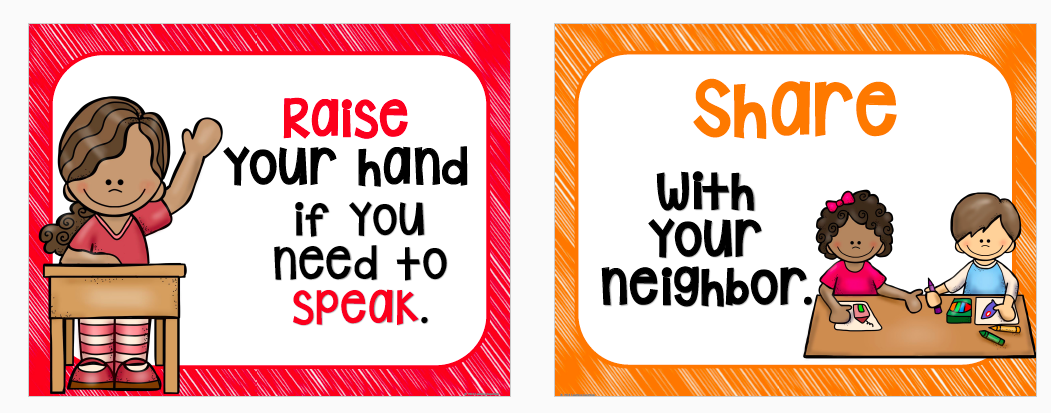 Young children are naturally very egocentric. They have difficulty seeing anything outside their own point of view.
Young children are naturally very egocentric. They have difficulty seeing anything outside their own point of view.
Egocentrism is very different than egotism. The egotist believes that she or he is superior to others. Egocentricity in young children is a developmental stage. They are egocentric not because they are selfish or self-centered, but because they are incapable of seeing things from another’s perspective.
Many researchers — for example, Piaget and Erikson — have shown this to be true. They have proven that during the ages of approximately 2 – 7 years old, children are slowly learning to understand that others have different thoughts, perspectives, and ideas than their own. During this period children will be resistant to parents and other caregivers asking them to share because they are only just beginning to understand the concept.
Is that to say that we shouldn’t ask our children to be giving with others? Should we not ask them to share their toys? No.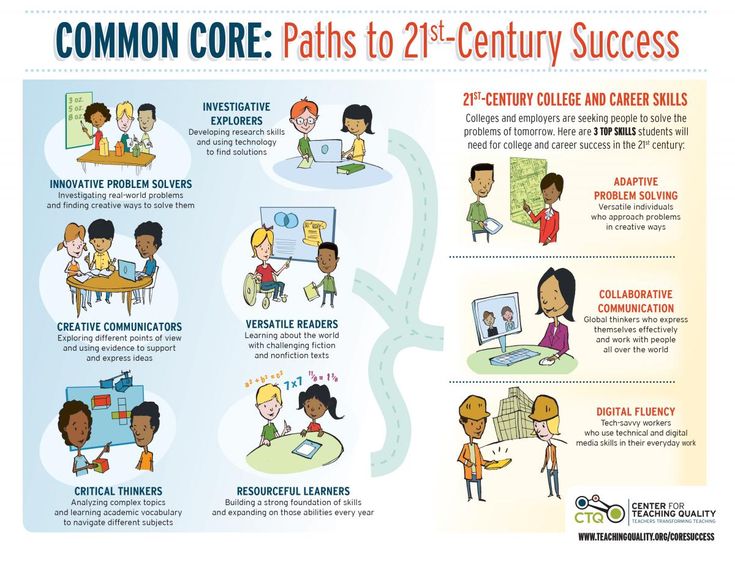 Just like any other skill, sharing takes practice, time, and positive reinforcement. There are many things adults can do to help a child learn to share.
Just like any other skill, sharing takes practice, time, and positive reinforcement. There are many things adults can do to help a child learn to share.
Tips for teaching sharing
1. Sharing is not just about objects
Sharing is not just about sharing your physical belongings. It’s not just about those favorite blocks or doll. Sharing is also about sharing time, turns, and themselves. Young children are just beginning to learn to take turns, to wait until daddy finishes the dishes to read a book or to share their time helping a grumpy friend feel better.
It’s very helpful for adults to model and encourage sharing of all kinds. So whether you are making soup to take to your sick neighbor or waiting in line at the grocery store, these are opportunities for you to teach your child about sharing in a natural way.
2. Teach the language of sharing
Early on, it’s important that your child hears the language of sharing. For example, I’ve worked with children in a multi-age environment.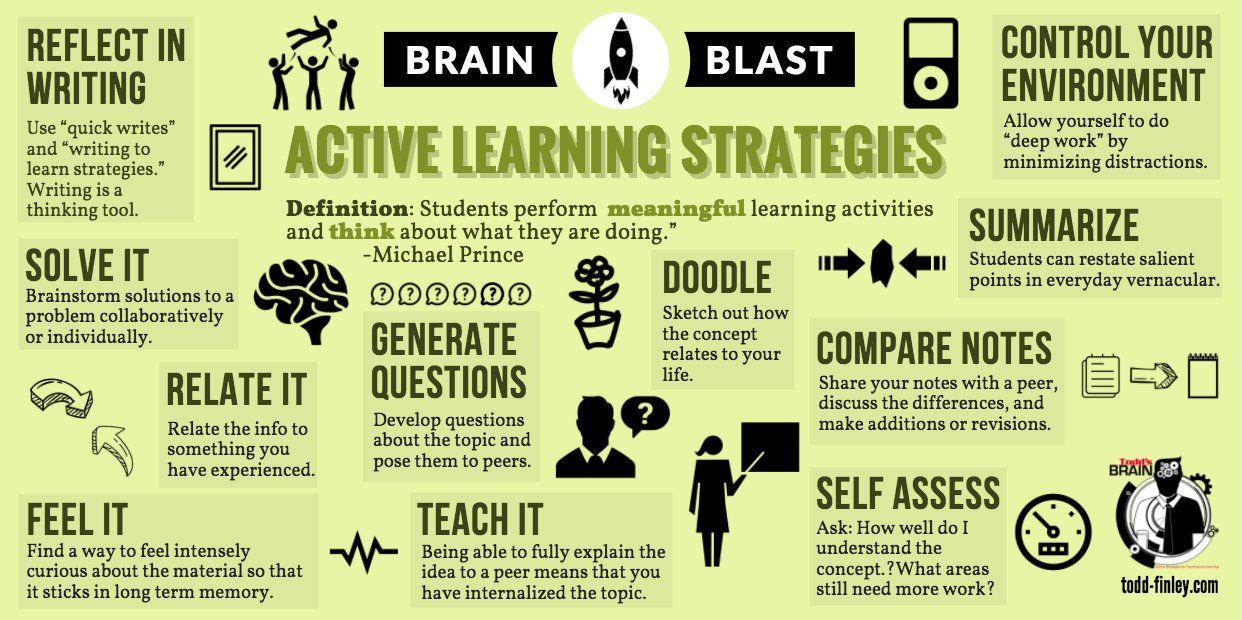 I had an infant and several toddlers, along with slightly older preschoolers together in my program. The infant’s needs often took precedence over many of the older children’s needs. When an infant needs to be fed or held or changed it’s obviously important to take care of those needs quickly.
I had an infant and several toddlers, along with slightly older preschoolers together in my program. The infant’s needs often took precedence over many of the older children’s needs. When an infant needs to be fed or held or changed it’s obviously important to take care of those needs quickly.
Inevitably, the needs of the baby coincided with the toddlers’ and preschoolers’ needs. So, while I was feeding the baby, I would be talking to the other children, saying things like:
- “I know how frustrating it can be to wait, but right now it’s the baby’s turn. Soon it’ll be your turn.”
- “Can you help me with the baby by bringing me the wipes? Wow! What a good helper you are.”
- “Can you sing the baby a song while I’m changing her diaper? She’s not very happy right now.”
Give the children words for their feelings, frustrations, and actions. Praising their ability to share (whether it be sharing their time, their feelings, their toys, etc.) gives them the confidence to try it again.
I also made it a point to talk out loud to the baby when it wasn’t her turn. For example, when I was in the middle of serving lunch to 5 hungry children and the baby became fussy and cried, I would say, “just a minute, baby! Right now it’s their turn, but next it’ll be your turn,” or “hold on, baby, I just need to serve everyone their lunch and then it’ll be your turn.” This wasn’t really for the baby’s sake; it provided the older children with the language of taking turns. It allowed them to internalize the fact that they were all taking turns and sharing.
3. Play cooperative games
Playing cooperative games with your child is a great way to reinforce the concept of sharing in a fun, relaxed environment. Taking turns while playing a board game or putting together a puzzle can give children practice sharing with others. Even informal games you play with your toddler or preschooler such as rolling a ball back and forth across the room or taking turns adding a block to a tower can give your child another way to practice sharing.
4. Allow your child to not share in some cases
There are times when it’s perfectly okay for your child not to share. In these situations, it’s important for you to set up your child for success. For example, your friend is coming over to your house with her children. You know there are toys that are very special to your child. Make sure to put away the toys that are very special to your child so that they aren’t an issue or allow your child to put things in their room that they don’t choose to share and shut the door. Giving your child the space to keep certain things for themselves may help them be more willing to share their other toys.
5. Set your child up for success
Plan ahead and prepare your child for whatever situation is coming. Explain what will be happening in simple terms. For example, “Daddy’s friend Max and his kids are coming over this afternoon. When they get here they are going to play with you! How fun it will be to play together with your toys! I know that some toys like your teddy bear are very special to you.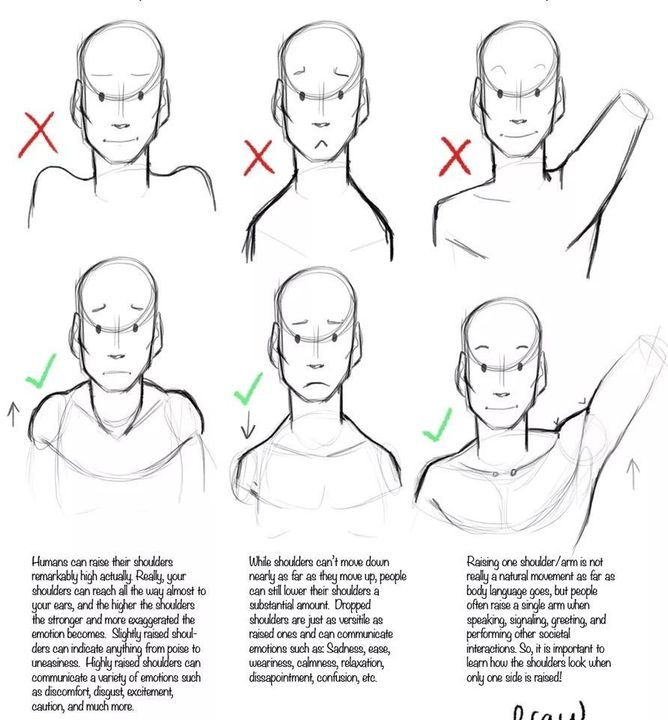 What do you think about putting Teddy away while your friends are here so he’ll be safe in your room?”
What do you think about putting Teddy away while your friends are here so he’ll be safe in your room?”
6. Positive reinforcement and direction
Just like with any other skill your child is learning, it’s important for you to be patient and offer positive reinforcement as your child learns to share. I know it can be embarrassing when your child loudly refuses to share their sand toys at the park or when your preschooler hoards all of the Legos at the table. Instead of escalating the situation and trying to force your child to share, diffuse the situation by bringing out something they can do cooperatively such as play dough or coloring. Change up the environment by bringing them outside. And remember, once your child is sharing, offer praise for their efforts!
In-class or home techniques to try
Here are some tried and true techniques that have been used by preschool educators for decades:
1. Have multiple of favorite toys
While this may be more practical in a group care setting, having multiples of favorite toys can take the pressure off.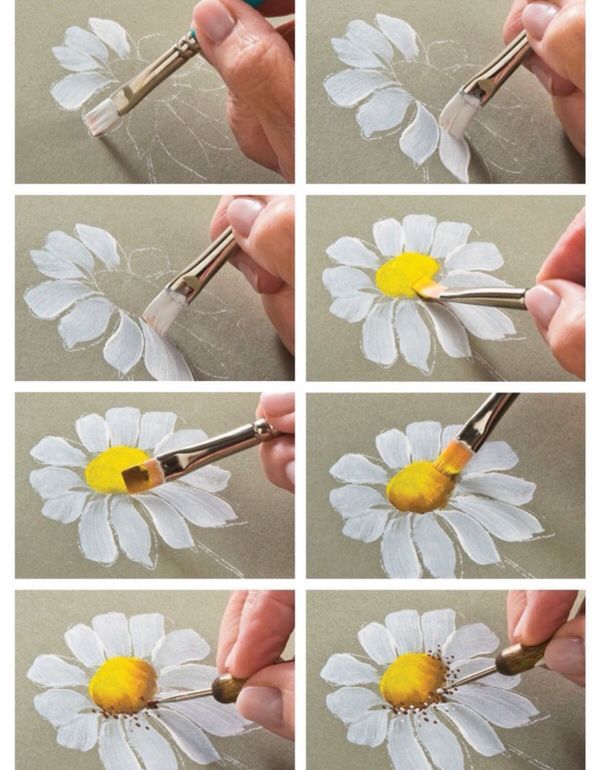 However, this doesn’t always work. Toddlers and preschoolers are unpredictable. They still, somehow, often fixate on “the one” even when all of the toys are identical. I’ve dealt with arguments over a specific yellow chair (when all the other chairs were also yellow) or the red playground ball (when all the other balls were also red).
However, this doesn’t always work. Toddlers and preschoolers are unpredictable. They still, somehow, often fixate on “the one” even when all of the toys are identical. I’ve dealt with arguments over a specific yellow chair (when all the other chairs were also yellow) or the red playground ball (when all the other balls were also red).
2. Use a timer to take turns
Some educators set a timer for turn-taking. They will give each child a certain amount of minutes before they need to stop and give the toy to the next friend. This can be helpful because it takes out the adult element. The timer is to blame for your turn being over. However, a pitfall with this technique is that it stops a child mid-play which can be upsetting.
3. Allow children to play with a toy until they’re done and then share
In my program, this was the method I used most often. All of the children knew that if you chose a toy it was okay to play with it until you were done and then it was the next person’s turn. It wasn’t okay to hoard all of a certain type of toy and it wasn’t okay just to carry that toy around or hide it when you weren’t using it, but if you were actively using that toy, it was yours until you were done.
It wasn’t okay to hoard all of a certain type of toy and it wasn’t okay just to carry that toy around or hide it when you weren’t using it, but if you were actively using that toy, it was yours until you were done.
Through the years, I found that this technique took a lot of pressure off of me and the children. When they had control of the situation, they often shared more quickly and effortlessly than any time I asked them to share. The others learned that everyone who wanted a turn would get one. Obviously, this didn’t work smoothly all of the time. Toddlers and preschoolers aren’t known for their patience and understanding. I had some crying tantrums and frustrated children, but no method works smoothly for every child.
4. Make a list
Allow children to set up a schedule of their own. I saw in another program recently where an educator had a clipboard and a paper/pencil. When there was a particular thing many children wanted to use, they were responsible for putting their name (or their letter or their shape or however they could mark their spot) onto the list.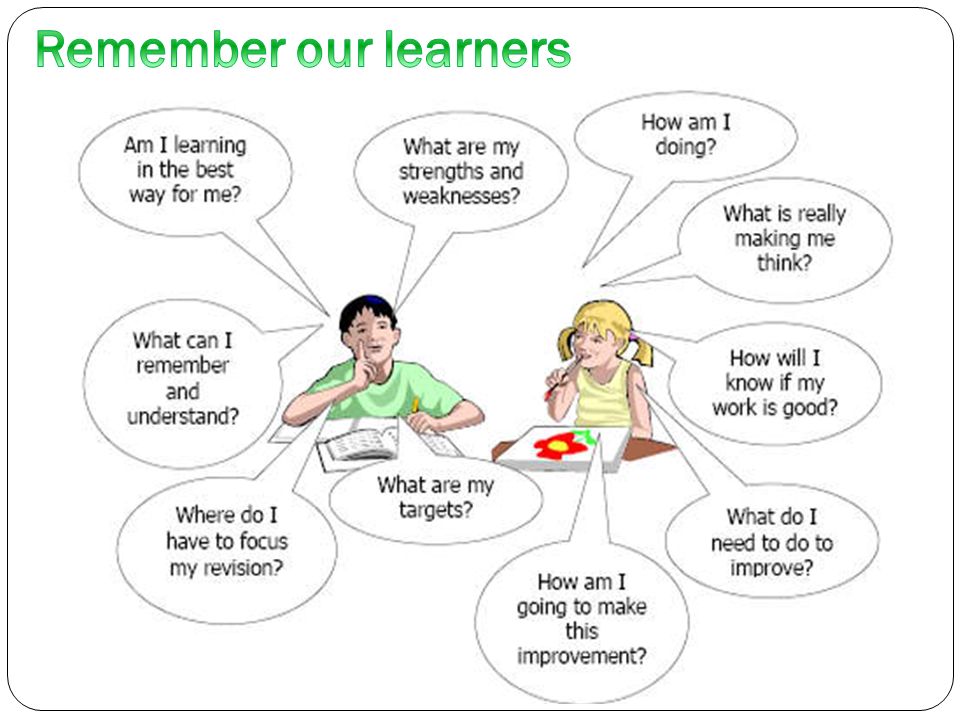 The child playing would check the list when they were done and the next person took a turn. This turns control over to the children and allows everyone to be listened to and get a turn. It also has the added benefit of sneaking in some purposeful, meaningful writing.
The child playing would check the list when they were done and the next person took a turn. This turns control over to the children and allows everyone to be listened to and get a turn. It also has the added benefit of sneaking in some purposeful, meaningful writing.
The road to teaching a child to share is a marathon, not a sprint. It’ll take time, but through positive reinforcement, modeling, and patience, your child will be well on their way!
Ability to share. How to raise a healthy and smart child. Your baby from A to Z
Ability to divide
One of the favorite words in the baby's vocabulary is "my". Only gradually, as experience is gained, "mine" becomes "ours", and the child learns to share and give.
The newborn is concerned only with himself. Gradually, his curiosity spreads to other people and objects. At about age two, he realizes ownership—something he must learn before he can learn to share. Every thing belongs to someone, and along with "mine" appear, but rather reluctantly, "dad" and "mother". The kid still clings to his toys and sometimes hides them. As in many other aspects of a child's life, the attitude of the parents ultimately affects him more than anything else. One way to learn to share is to see how parents give others a newspaper, a cup of coffee, how mother shares food with him, father - tennis balls or a flashlight, and both of them give him their love.
The kid still clings to his toys and sometimes hides them. As in many other aspects of a child's life, the attitude of the parents ultimately affects him more than anything else. One way to learn to share is to see how parents give others a newspaper, a cup of coffee, how mother shares food with him, father - tennis balls or a flashlight, and both of them give him their love.
In order to learn how to give, it is necessary, of course, to communicate with other children. In the "my" stage, the child resists another child's attempt to take his scoop.
However, these two children can dig silently side by side, sharing their actions but not their tools. At this stage of a child's development, an attentive mother may keep a few extra toys especially for little visitors. Her son probably won't be eager to give his own, but he won't learn to share unless you ask him to.
Between the ages of three and four, real sharing begins to take shape. The child gradually learns that he will get his ball back after other children play with it. He finds that he can have fun with other children and also use their toys. It is very useful here to suggest using something in turn. The child can take turns whipping the dough with his mother, use the same pencil with his father. Then outside the house it will be easier for him to take turns with other guys to ride his bike.
He finds that he can have fun with other children and also use their toys. It is very useful here to suggest using something in turn. The child can take turns whipping the dough with his mother, use the same pencil with his father. Then outside the house it will be easier for him to take turns with other guys to ride his bike.
Sometimes a child keeps a tight grip on things when children of his age have already learned to share. It might just take him longer. If this behavior is long and persistent, it may have deeper causes. Perhaps the baby was forced to share with others when he was not yet ready for it, or he had a feeling that he was not appreciated, and he thus decided to simply draw attention to himself.
Parents should remember that the ability to share with brothers and sisters is often complicated by jealousy and rivalry. These feelings in individual children must be taken into account, as well as the principle of a fair division. Giving is part of a child's development.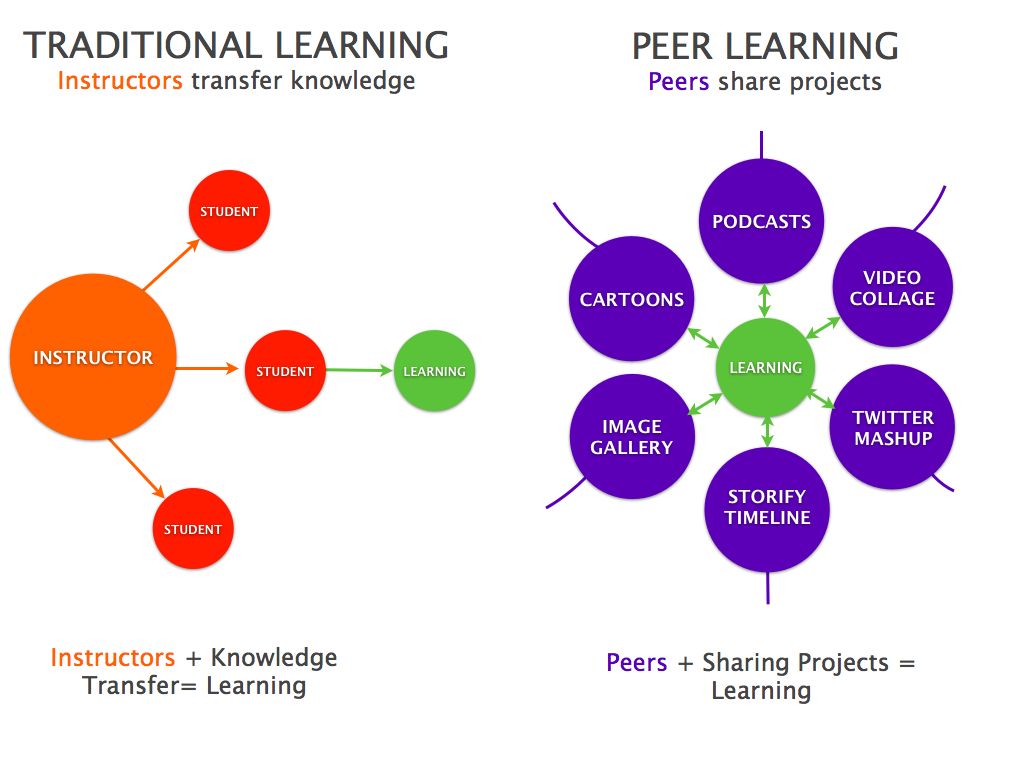 It gives him satisfaction that there are certain things that belong to him, with which he is free to do what he wants. Sometimes a child may regret a hasty decision, but this will only make him learn to think things through in advance. In some cases, it is better for a parent to intervene, as a child can give a playmate an expensive toy that is tangible for the family budget. And then it is necessary to explain to the baby that this cannot be done “forever”, and, perhaps, to offer him to give away another, less expensive thing. A child who is consistently too generous may be trying to buy love and admiration. In such cases, it would be good to determine whether his feeling that he is loved and appreciated for himself has not been shaken.
It gives him satisfaction that there are certain things that belong to him, with which he is free to do what he wants. Sometimes a child may regret a hasty decision, but this will only make him learn to think things through in advance. In some cases, it is better for a parent to intervene, as a child can give a playmate an expensive toy that is tangible for the family budget. And then it is necessary to explain to the baby that this cannot be done “forever”, and, perhaps, to offer him to give away another, less expensive thing. A child who is consistently too generous may be trying to buy love and admiration. In such cases, it would be good to determine whether his feeling that he is loved and appreciated for himself has not been shaken.
Among older children, the ability to share freely develops in a friendly family atmosphere. Important qualities to develop along with selflessness are self-respect and pride. Each member of the family must feel that his own time, his interest and his work are important and worthy of attention. When a child has this feeling, sharing his belongings, time and love becomes an enjoyable and enjoyable part of his life with others.
When a child has this feeling, sharing his belongings, time and love becomes an enjoyable and enjoyable part of his life with others.
This text is an introductory fragment.
The ability to remember also depends on the mood of the child
The ability to memorize also depends on the mood of the child. A pleasant atmosphere in the classroom is the most important prerequisite for a successful study! Learning happens best when students are in a good mood. Stress, on the other hand, is a recognized memory killer. Bad mood at
Sharing (toys) "Doctor, how to teach him to share?"
Sharing (toys) "Doctor, how to teach him to share?" From the first games of the kid in the sandbox, his parents dream that their child would let others play with his bucket or spatula.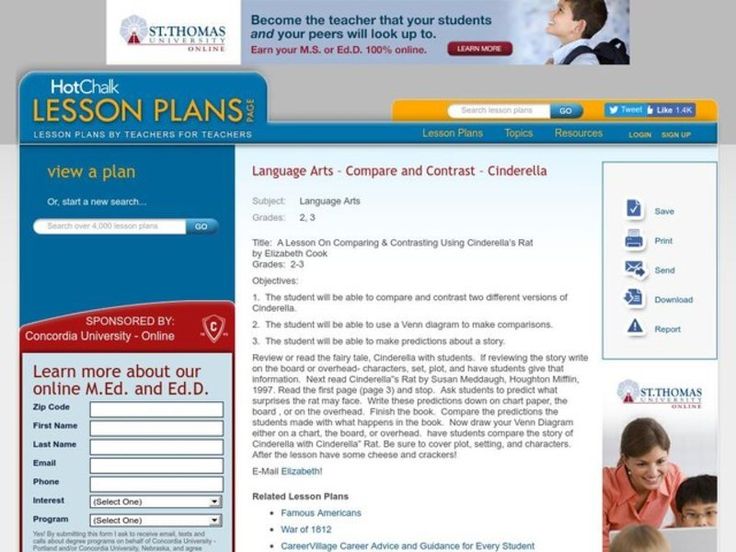 And seeing his flushed child, who is furiously trying to take something away from his
And seeing his flushed child, who is furiously trying to take something away from his
If he doesn't want to share his toys
If you don't want to share toys At the age of 2-4 years, children have a crisis when they do not want to share their toys. What to do at such a moment? How to teach a child to share? Consider three situations where this problem occurs. Walking situation in the summer of
Quality No. 2. The ability to fantasize
Quality No. 2. The ability to fantasize Consider and develop the main features of children's imagination: successful people have a strong imagination. - Do not be afraid of deviations in the perception of children - this is how they experiment with reality. – Following the child
Collecting determines the resolution of the child's perception, sets the matrix of his further searches
Collecting determines the resolution of the child's perception, sets the matrix of his further searches Children always collect something, drag it to their corner, stuff their pockets, hide it under the pillow. To amazing and charming objects I want again
To amazing and charming objects I want again
Quality No. 7. Ability to empathize and understand
Quality #7: The ability to empathize and understand Pay attention to the desires and experiences of children. - Maintain emotional balance yourself and teach this to your child. - Advance the child with praise, hope, confidence, so that they later return a hundredfold. – Together with
Language ability
Language Ability We have said more than once that by teaching a foreign language we mean the development of a person’s language and speech abilities, as well as the processes of perception and generation of speech with the help of special psychological and psycholinguistic methods that have
Speech ability
Speech ability Speech ability, if we again use analytical analogies, is in the same relationship with language ability as speech and language.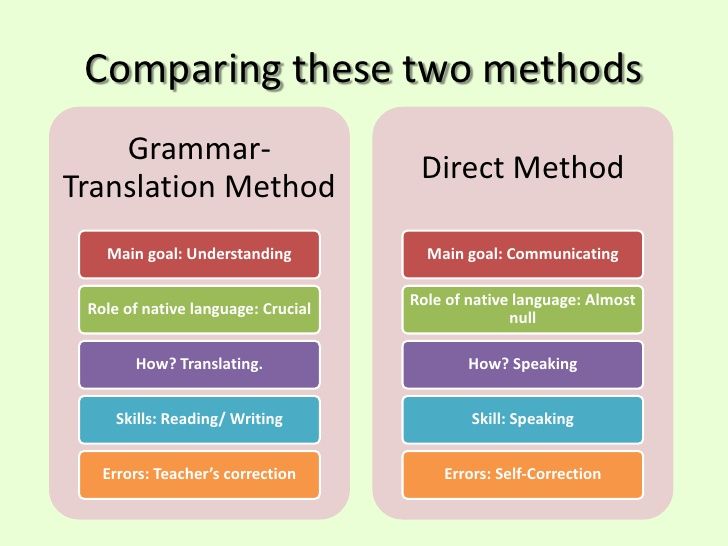 These abilities, in our opinion, are as “complementary” (in the terminology of N. I. Zhinkin) as speech and language,
These abilities, in our opinion, are as “complementary” (in the terminology of N. I. Zhinkin) as speech and language,
Skill is not the ability to NOT DO
A skill is not the ability to NOT DO I want to emphasize that a skill is not the ability not to do something undesirable, but the ability to do something right instead. This is a very simple principle, but it takes practice to apply it correctly. When you
How to teach a child to share - Psychologos
It is difficult for children to share, especially small ones. This is a normal part of the development process. Realizing and accepting this is the first step in helping a child become a generous person.
Selfishness comes before the ability to share. The desire to own is a natural reaction of a growing child. During the second and third years of life, the child moves away from understanding himself in unity with the mother and begins to become an individual, defining himself separately from the mother. "I myself!" and my!" - the main words of the baby. In fact, "Mine" is one of the easiest words for a child to pronounce.
"I myself!" and my!" - the main words of the baby. In fact, "Mine" is one of the easiest words for a child to pronounce.
The growing child develops a strong attachment to both things and people. It is difficult for a one-year-old child to “share” his mother; two-year-old - a toy bear. Some children become so attached ("attached") to the toy that the old, tattered doll becomes part of the child. When our four-year-old daughter was asked to draw a portrait of herself, she always portrayed herself with her favorite doll, as if it were part of her body. How could you convince her to share the doll with a friend? The doll was too important to her. She could not feel at ease if the doll was in the hands of another child.
When to expect a child to learn to share. The real desire to share is based on empathy, the ability to understand the opinion of another person and see the world through his eyes or from his point of view. Children under six years of age have difficulty doing this. Mostly they share because you teach them that way. Don't expect a child at two or two and a half to easily learn how to share their toys. Children under the age of two are ready for parallel play with other children, but not with them. They don't think about what the other child wants or feels. With skillful upbringing, a selfish two-year-old can become generous by the age of three or four. As children begin to play with each other and cooperate in play, they begin to understand the value of sharing.
Mostly they share because you teach them that way. Don't expect a child at two or two and a half to easily learn how to share their toys. Children under the age of two are ready for parallel play with other children, but not with them. They don't think about what the other child wants or feels. With skillful upbringing, a selfish two-year-old can become generous by the age of three or four. As children begin to play with each other and cooperate in play, they begin to understand the value of sharing.
Even at the age of four or five, a child will not always be ready to share. The child may be sensitive to certain things. It could be a favorite toy or a tattered blanket. For him, this is the same as for you an engagement ring or a family heirloom that your mother gave you. Respect and protect the child's right to own property. Children know their friends. At the age of four, Matthew realized that Johnny's friend was an impulsive, curious child who could be a tester of the reliability of any toy. Johnny examined every moving part of the toys, dismantled and twisted them; only the strongest toy could stand. Matthew recognized his friend's destructive nature and hid valuable, fragile toys from him when Johnny came. We supported Matthew's wisdom.
Johnny examined every moving part of the toys, dismantled and twisted them; only the strongest toy could stand. Matthew recognized his friend's destructive nature and hid valuable, fragile toys from him when Johnny came. We supported Matthew's wisdom.
What you can do
Do not force your child to share. Instead, create relationships and environments that encourage the child to have this desire. Ownership gives power. They are just toys for you. For a child, these are valuable, expensive things. Respect your baby's feelings by encouraging the ability to share. Watch your child find their place in group play. You will learn a lot about your child and determine what kind of guidance he needs. If a child tends to steal, other children will not play with him. If he is always a victim, then he must understand the power of the word "No." In the preschool years, the child naturally goes through the “what does this give me” stage and moves into the socially significant stage “what does this give us”. Gradually, with the help of their parents, children learn that life runs more smoothly if they are able to share.
Gradually, with the help of their parents, children learn that life runs more smoothly if they are able to share.
Be generous. Monkey does what he sees. If the big monkey shares, the little one does the same. If someone asks you for one of your "toys", be sure to share it. Let this be an educational moment: "Mom shared her cookbook with a friend." You back up your words with actions, it's very convincing. Suggest to the child: “Do you want me to share popcorn with you?”, “Come to us, we will find a place for you.” If you have several children and they are close in age, there will come a time when you will not be able to fully devote yourself to only one of them. Do the best you can - divide your time fairly. "Injustice" is the only frequently repeated complaint in childhood. Try to be as accessible to all children as possible.
Play. Divide Dad Game: Have a two-year-old child sit on one knee and a four-year-old child on the other, and explain to both children how to share a person who is important to them.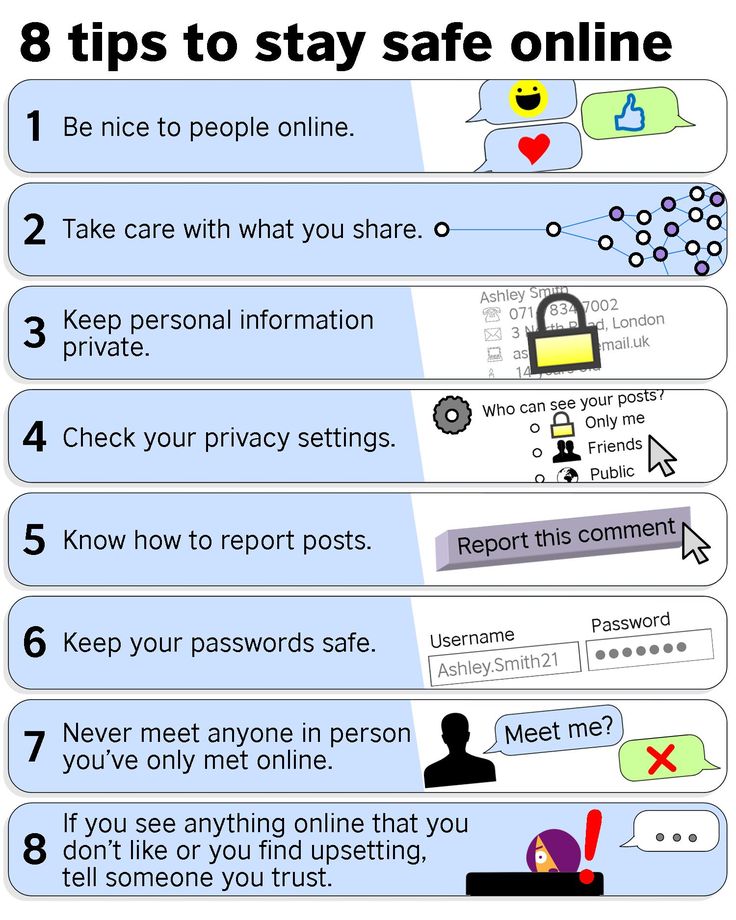
Even a two-year-old child can take part in a game called "Share Your Wealth". Give your baby some flowers, cookies, blocks or toys and ask him to share them with everyone in the room: “Give one to your big brother. Give one to dad." You form an important trait - sharing is a normal way of life, sharing is a joy. Martha says: “One day Laura found a chocolate bar in my bag. She ate it with pleasure, and then found a second one in the same place and showed it to me. I told her that the bar was for Steven and Matthew and asked her to go and share the chocolate equally, thinking she would eat it on the way. Didn't even follow her to see the "inevitable". Bill later told me how beautiful it looked when she handed out the chocolates, half to Steven and half to Matthew."
When to start. We don't expect babies to share on their own, every opportunity should be taken to encourage them to do so. Explain to your child how to tell friends about your desires. For example: “When Katherine fixes the car, then you can drive it. Ask her when she's done" or "Reach out and wait, she'll give you the doll when she's ready." If a fight breaks out over a toy, sometimes it's best for the adults not to get involved. Give the children time and space to resolve the dispute among themselves. Stand back and watch. If the relationship dynamics in the group are moving in the right direction and the children seem to be solving the problem among themselves, remain a witness. If the situation worsens, intervene. Self-learning - with little or no help from caregivers - is very important.
Ask her when she's done" or "Reach out and wait, she'll give you the doll when she's ready." If a fight breaks out over a toy, sometimes it's best for the adults not to get involved. Give the children time and space to resolve the dispute among themselves. Stand back and watch. If the relationship dynamics in the group are moving in the right direction and the children seem to be solving the problem among themselves, remain a witness. If the situation worsens, intervene. Self-learning - with little or no help from caregivers - is very important.
Alternate ownership. Using the timer helps resolve disputes over toys. Johnny and Jimmy have a serious fight over a toy. You intervene by asking everyone to name cleanly. The one who calls the number closer to the one you have in mind gets the toy first. Then you set the timer. Two minutes is enough time for small children. Seniors can be asked to wait a little longer. When the time runs out, the toy goes to another child for the same time (although he may have already forgotten that he needs it). You may have had to explain this principle to young children. Start with the oldest child or the one who is more cooperative. For example, Stephen owns a toy for two minutes. The timer beeps. Take the toy from Stephen with conversation and support and hand it to Laura, assuring Stephen that it will be his turn again after the timer beeps.
You may have had to explain this principle to young children. Start with the oldest child or the one who is more cooperative. For example, Stephen owns a toy for two minutes. The timer beeps. Take the toy from Stephen with conversation and support and hand it to Laura, assuring Stephen that it will be his turn again after the timer beeps.
It may take several of these cycles before the child gives the toy away, smiling and knowing that it will return to him again. Families who have used the timer principle have told us that it worked so well that big babies would run to their mother asking, “Mom, turn on the timer. Susie doesn't want to share."
If this method does not work, use a "break" for the toy. Put it in the closet and explain that the toy will stay there until they learn how to share it. Over time, children will understand that it is better to share a toy than to lose it altogether. They will learn to cooperate, and everyone wins.
Plan ahead.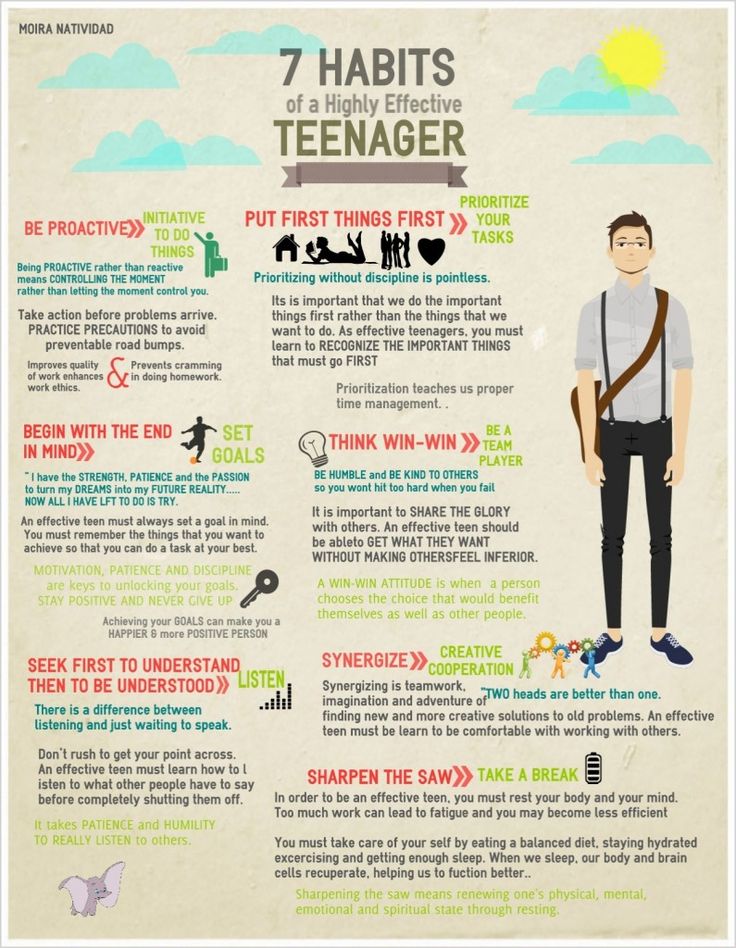 If you are visiting, don't forget to bring your toys. There will surely be toys at the party that will interest your child, and it will be easier for the little owner to share with a guest who did not come empty-handed. Be sure to tell your child in advance that when you leave, he can take all the toys back. For children 2-3 years old, this is far from obvious and can cause great anxiety, preventing exchange and mutual concessions.
If you are visiting, don't forget to bring your toys. There will surely be toys at the party that will interest your child, and it will be easier for the little owner to share with a guest who did not come empty-handed. Be sure to tell your child in advance that when you leave, he can take all the toys back. For children 2-3 years old, this is far from obvious and can cause great anxiety, preventing exchange and mutual concessions.
Protect your child's interests. If your child really appreciates his toy, respect this feeling, but teach him to be generous. The child often has a special attachment to certain toys that he does not want to share with anyone. We advise you to remove them so that other children do not take them. Before playing, help your child divide toys into those that he is ready to share and those that should be put away.
Let the children share. To develop the desire to share, Janet gave four-year-old Benjamin a whole cookie and said, "Please give some of the cookie to Robin.


